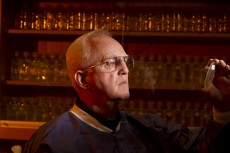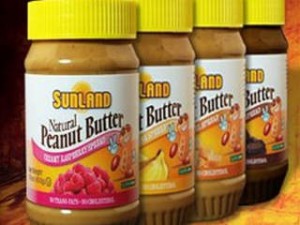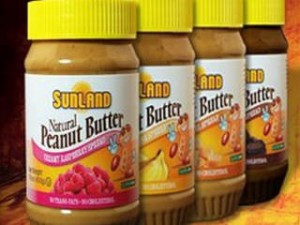The owner of an Indian takeaway in North Yorkshire has been found guilty of manslaughter after a customer with a nut allergy was served a meal containing ground peanuts.
 The trial was told Mohammed Zaman had cut corners by swapping the thickening agent almond powder for the cheaper groundnut powder, which contained peanuts.
The trial was told Mohammed Zaman had cut corners by swapping the thickening agent almond powder for the cheaper groundnut powder, which contained peanuts.
Although the vast majority of restaurants are safe, a number each year are found to have breached laws and guidelines.
Since December 2014, takeaways and restaurants have been required by law to let customers know if any of the 14 most dangerous allergens are ingredients in their food.
They include peanuts, eggs, milk, fish, crustaceans and mustard.
Paul Wilson, 38, who suffered an anaphylactic shock after eating a meal from Zaman’s business, died before the change in the law, but the trial heard he had flagged up his peanut allergy to the restaurant and his meal had been labelled as “nut free”.
Another customer with a nut allergy had to be treated at a hospital after eating at Mr. Zaman’s restaurant three weeks before Mr. Wilson’s death. Like him, she had been assured her meal would not contain nuts, prosecutors said.
Mr. Zaman was convicted of manslaughter by gross negligence in the death of Mr. Wilson, and six food safety offenses. He was sentenced to six years in prison.
 He had a “reckless and cavalier attitude to risk,” the prosecutor, Richard Wright, told a jury at Teesside Crown Court.
He had a “reckless and cavalier attitude to risk,” the prosecutor, Richard Wright, told a jury at Teesside Crown Court.
It marked the first time in Britain that someone has been convicted of manslaughter over the sale of food.
David Pickering, of the Chartered Trading Standards Institute (CTSI), said: “Some [restaurants] will have it in a book, some will give you the information verbally. If they can’t give you it, don’t eat there.”





 An outbreak investigation was initiated on 27 May by interviewing the four confirmed cases using a trawling questionnaire. On the same day the NFSA inspectors visited the two households where suspected cases were reported and found an unopened package of sugar peas imported from Kenya in one household, and the packing of the same brand of sugar peas in the other. The sugar peas were bought in the same shop. Based on this suspicion, it was decided to focus the interviews on consumption of fresh vegetables and lettuce.
An outbreak investigation was initiated on 27 May by interviewing the four confirmed cases using a trawling questionnaire. On the same day the NFSA inspectors visited the two households where suspected cases were reported and found an unopened package of sugar peas imported from Kenya in one household, and the packing of the same brand of sugar peas in the other. The sugar peas were bought in the same shop. Based on this suspicion, it was decided to focus the interviews on consumption of fresh vegetables and lettuce..jpg) Below are just a few of the highlights:
Below are just a few of the highlights:
 Mackay (right, exactly as shown) wants food safety placed under a new leader in the Health and Human Services department. He also called for new requirements that all food companies have written safety plans, annual federal inspections of facilities that make high-risk foods, and other reforms.
Mackay (right, exactly as shown) wants food safety placed under a new leader in the Health and Human Services department. He also called for new requirements that all food companies have written safety plans, annual federal inspections of facilities that make high-risk foods, and other reforms.
 It’s not up to me to assign blame for the outbreaks (That’s the law and
It’s not up to me to assign blame for the outbreaks (That’s the law and